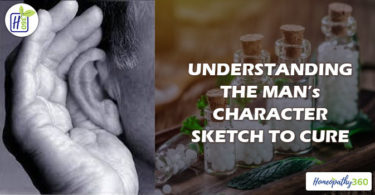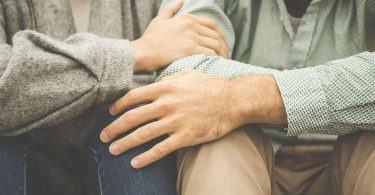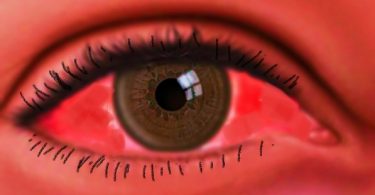Accidents can happen anywhere, even in the safety of your own home. From minor scrapes and burns to more serious injuries, it’s essential to be prepared with some basic first aid knowledge. In this article, we’ll explore common household injuries and provide you with home first-aid tips to handle them effectively.
Cuts and Scrapes
Small cuts and scrapes are among the most common household injuries. These injuries can occur while cooking, gardening, or even just moving around the house. Here’s how you can deal with them:
Clean the Wound: Begin by cleaning the wound with soap and water. Ensure that you remove any dirt or debris from the affected area.
Apply an Antiseptic: After cleaning, apply an antiseptic ointment to prevent infection.
Cover with a Bandage: Cover the wound with a sterile bandage or adhesive strip to keep it clean and protected.
Keep an Eye on it: Monitor the wound for any signs of infection, such as redness, swelling, or pus. Seek medical attention if these symptoms occur.
Burns
Burns can happen when you accidentally touch a hot pan, spill hot water, or touch a heated appliance. They come in different degrees, and it’s crucial to treat them accordingly:
Cool the Burn: Immediately run cold water over the burn for at least 10 minutes to cool the affected area. Do not use ice as it can further damage the skin.
Cover with a Clean Cloth: Once the burn is cooled, cover it with a clean, non-stick cloth or plastic wrap to prevent infection.
Pain Relief: Over-the-counter pain relievers can help alleviate the pain. Avoid using adhesive bandages directly on the burn.
Seek Medical Help: If the burn is severe, deep, or covers a large area, seek medical attention promptly.
Sprains and Strains
Sprains and strains are common injuries, especially if you’re active around the house. They can result from activities like lifting heavy objects or tripping over clutter:
Rest and Elevation: Rest the injured area and elevate it to reduce swelling. Applying an ice pack can also help.
Compression: Use a compression bandage to support the injured area, but make sure it’s not too tight to avoid cutting off circulation.
Over-the-Counter Pain Relievers: Non-prescription pain relievers can be used for pain management.
Rehabilitation: After the initial healing phase, consider physical therapy to regain strength and flexibility in the injured area.
Choking
Choking can be a life-threatening situation. It can happen while eating, especially if you’re in a hurry. The Heimlich maneuver can be used to help someone who is choking:
Stand Behind the Person: Stand behind the person and wrap your arms around their waist.
Make a Fist: Place a fist just above the navel but below the ribcage.
Thrust Inward: With a quick and upward motion, thrust your fist inward and upward.
Call for Help: If the person cannot breathe or loses consciousness, call 911 immediately.
CPR First Aid Certification
While we’ve discussed common household injuries and how to deal with them, it’s important to note that more serious situations may require CPR (Cardiopulmonary Resuscitation) skills. If you’re wondering, what is CPR First Aid certification, let’s delve into it.
CPR First Aid certification is a training program that equips individuals with the knowledge and skills to perform CPR and provide basic first aid. It covers a wide range of life-saving techniques, including chest compressions, rescue breaths, and the use of automated external defibrillators (AEDs). This certification is essential for anyone who wants to be prepared to respond in emergency situations, whether they occur at home, at work, or in the community.
Why Get CPR First Aid Certification
There are several reasons why getting CPR First Aid certification is a wise decision:
Saving Lives: CPR is a critical skill that can make the difference between life and death in cardiac arrest situations.
Immediate Response: Having the knowledge to provide immediate assistance can significantly improve the chances of survival for someone experiencing a medical emergency.
Peace of Mind: Being certified in CPR and first aid provides a sense of confidence and preparedness, especially when you have loved ones at home.
Professional and Personal Benefits: CPR certification can be a valuable addition to your resume, and some jobs require it. It’s also a great asset if you work in childcare, education, or healthcare.
In conclusion, home first aid knowledge is essential to handle common household injuries effectively. While you can manage minor injuries at home, it’s crucial to recognize when a situation requires professional medical attention. Additionally, considering the importance of CPR in emergencies, getting CPR First Aid certification is a valuable investment in your skills and your community’s safety. So, take the time to learn these life-saving techniques, and be prepared for any unexpected situation that may arise in your home or elsewhere.





